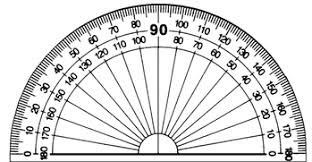End of Year Exam - Fight or flight

Term 4 is the time when we pull everything together and students prepare for end of year exams. Exams can cause anxiety. Maths anxiety simply compounds this. Its time to stop the clock on maths anxiety - read the latest research on Youcubed https://www.youcubed.org/resources/time-stop-clock-math-anxiety-heres-latest-research/ Is Maths Anxiety Real? adapted from http://study.com/academy/lesson/causes-effects-of-math-anxiety.html Does just hearing the word 'maths' make your heart race and your palms sweaty? Does maths anxiety exists. Many scientists believe maths anxiety is a very real condition. It can be defined as emotion including stress and tension that interfere with a student's ability to solve maths problem http://mathematicsanxiety.blogspot.co.nz/2011/04/where-does-math-anxiety-in-preservice.html Causes of Maths Anxiety Test anxiety is the impending feeling that you will or are failing an exam, and often leads to poor res...




